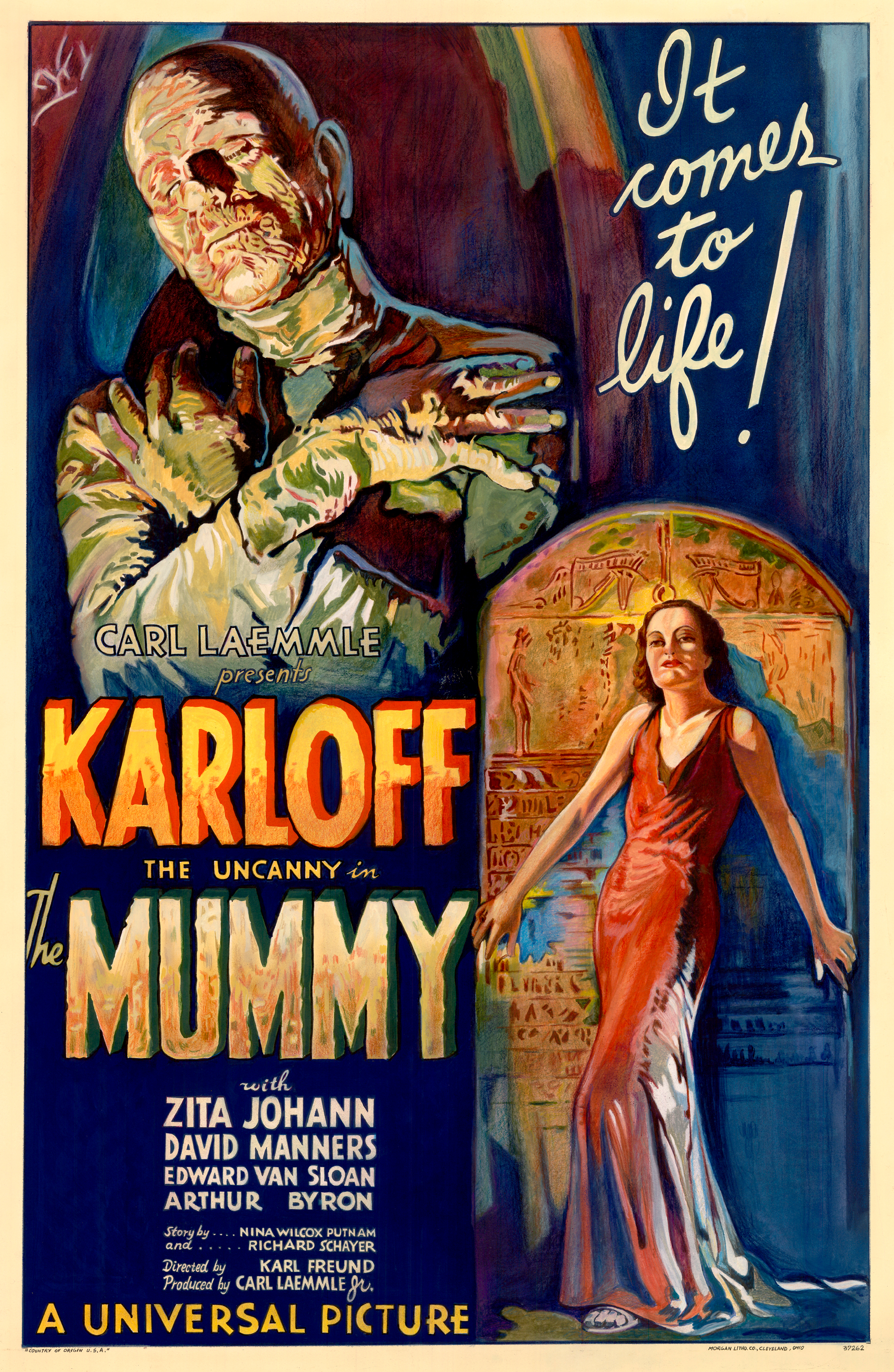Thursday, June 6, 2013
Exploiting Archaeology
For the next eight weeks, I'm participating in my first MOOC (Massive Open Online Course) through Coursera. It's called "Archaeology's Dirty Little Secrets," and taught by Brown University archaeologist Sue Alcock. The first week's material and assignments have done more to stimulate my little grey cells than almost anything I've done in the last year. So: I've decided to post any writing assignments for the course here and (when appropriate) on The Owl of Athena--not just because I don't have much time to write these days, but because the fist assignment, at least, seems to fit right into the scope of the Cabinet; it's also about education, at least obliquely, so The Owl seems like another suitable venue.
Of the three available exercise topics for this week, I chose one called "Archaeological Expressions," which asks students to "Find one form of artistic expression (poetry, film, literature, trash fiction, music) that draws on archaeology and archaeological uses of the past" and write a reaction piece; Indiana Jones is proscribed, and I don't blame the course team for forcing us to think of something else. I chose the original version of The Mummy, and here's my response:
The discovery and excavation of Tutankhamen’s tomb in the early 1920s, helped create a wave of Egyptomania in the United States and Britain. It probably acted as the midwife to the horror film genre as well, with all the media hype about curses, and the first Mummy movie, now a classic, was produced in 1932. I use this film to open a discussion on popular perceptions of archaeology in my Intro to Humanities classes, and compare it to other films, such as Raiders of the Lost Ark, Stargate, and Tomb Raider. Film clips and a trailer are available on the Turner Classic Movies page, and a special edition DVD is available for anyone who’s never seen the film.
In the first segment of The Mummy, starring Boris Karloff in the title role, a brash young archaeologist, Norton, expresses impatience with Sir Joseph Whempel’s insistence on strict archaeological method (dealing with each find in the order in which it was uncovered, etc.), noting that the only item that would earn the expedition any “medals from the British Museum” would be “that fellow over there.” Leaning against the wall is a casket, containing a rather robust linen-wrapped mummy. There’s also a small chest, inscribed with a hieroglyphic message.
A sign over the tent reads, “British Museum Expedition 1921.” Members of the team include not only Sir Joseph, a renowned archaeologist, and his assistant, Norton (a newly-minted Ph.D.?), who can decipher hieroglyphic text, but also Professor Muller, an “expert in the occult sciences.” Muller himself interprets the inscription on the chest as a curse on anyone who opens it, and thinks it contains the “Scroll of Thoth, which can bring the dead back to life.” He proposes that they rebury both the sarcophagus and the chest, refusing to participate in “sacrilege.”
When Whempel and Muller (who discovers that the mummy has not been embalmed in the traditional manner, and that there are signs indicating a live burial) leave the room to discuss what to do next, Norton is left alone to piece together fragments of inscribed stone. But the young punk can’t resist the temptation, and withdraws the scroll—reading it aloud as he translates it. In a long, brilliant shot, the camera focuses on the mummy’s face, catching the gleam of an opening eye and the slow recovery of movement in its arms. Norton watches, incredulous, as the mummy awakens, takes the scroll, and leaves. The scene ends as an hysterical Norton announces that the mummy “went for a little walk.” We later find out that he has died mad.
The film is well worth watching, especially for those who were under-impressed by the most recent remakes. The clips available on the Turner Classic Movies web page include several telling moments that illustrate many of the presumptions Sue Alcock outlines in her first lecture: All real archaeologists want to find “goodies,” have to be lucky, and are white, male, and macho.
In later films like Raiders of the Lost Ark and its sequels, and Stargate, the archaeologist characters combine different aspects of those from The Mummy: brash, greedy daredevils or iconoclastic scholars. The earliest female version of this character I can think of (besides Marion Ravenwood) is Vash, who appeared in a couple of Star Trek franchise episodes.
Despite the stereotyping of archaeologists as tomb-plundering adventurers, it’s the archaeologist-as-occult-scientist aspect that’s done the most damage, I think. Even as women like Lara Croft come into the picture, the emphasis of their explorations seems to focus on mysterious, supernatural forces as generators of all those important artifacts.
What these pop-culture, somewhat iconic figures do is to perpetuate the “our ancestors were dummies” perception which produces the consummately unscientific view that the aliens must have done it.
The unfortunate result of all this is that the movie-archaeologists engage in pseudoscience and suck in gullible youngsters already starved of solid science education. Using these films to expose the myths and set the record straight may be a sleazy way of attracting attention, but if, like The Mummy, it provides a platform for discussion, perhaps the enjoyment we get from watching them is something of a reward for our diligence in promoting a healthier view of history.
I’d highly recommend The Mummy to anyone who teaches introductory archaeology, or who explores the impact of film on culture. The first twenty minutes exposes a number of popular misconceptions, and offers a starting point for a more accurate exploration of archaeological method.
Image credit: The theatrical poster for The Mummy, via Wikipedia's article on the film.
Subscribe to:
Post Comments (Atom)


No comments:
Post a Comment